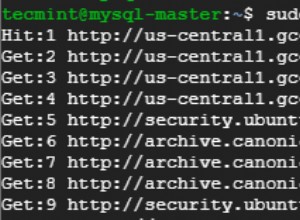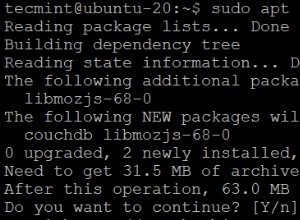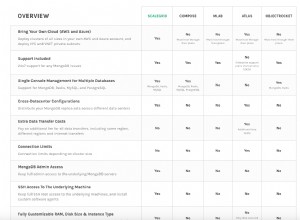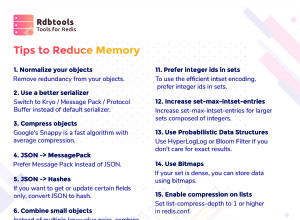Sie haben Ihre initiale Belegstückliste nicht gebucht.
Document Structure:
{
"_id" : ObjectId("50b59cd75bed76f46522c471"),
"comment_id" : 61,
"post_id" : 29,
"comments" : [
{
"type" : "accepted",
"like" : 3
},
{
"type" : "rejected",
"like" : 3
},
{
"type" : "spam",
"like" : 3
}
]
}
Unter der Annahme Ihrer Dokumentstruktur wie oben habe ich diese Abfrage zusammengestellt. Sie müssen es nach Ihren Bedürfnissen manipulieren.
db.posts.aggregate([
{$unwind:"$comments"},
{$match:{"$comments.type":{$ne:"spam"}}},
{$group:{_id:{post_id:"$post_id",comment_id:"$comment_id"},LikeSum:{$sum:"$comments.like"}}},
{$group:{_id:{post_id:"$_id.post_id"},AvgComments:{$avg:"$LikeSum"}}},
{$sort:{AvgComments:-1}},
{$limit:1}
])
Die obige Abfrage ist wie folgt aufgebaut:
1.) Unwind the comments array and form individual documents for each element in the comments array
2.) Select only the non-spam comments
3.) Calculate the sum of likes for each comment of all posts
4.) Calculate the average Comment likes for each post
5.) Sort documents in descending order of Average Comment Likes
6.) Select only the first document.
Das Ausgabedokument sieht in etwa so aus
{
"result" : [
{
"_id" : {
"post_id" : xx
},
"AvgComments" : xx.xx // Avg Comment likes for post xx
}
],
"ok" : 1
}




